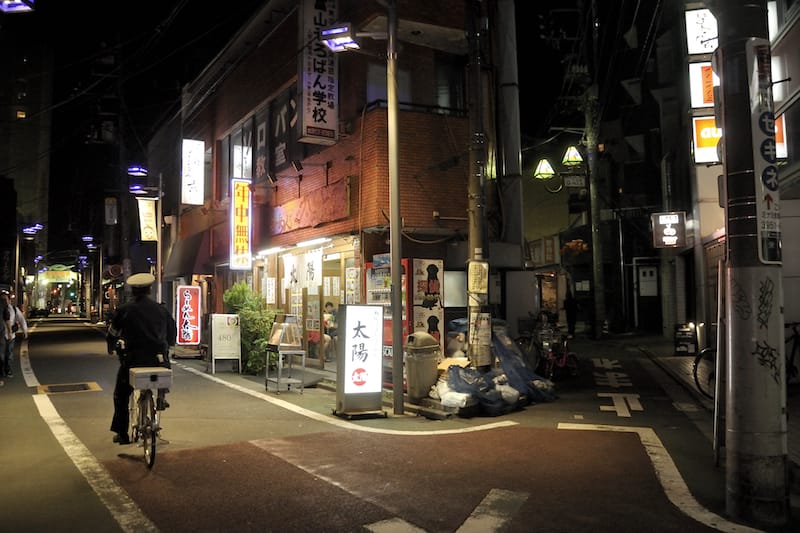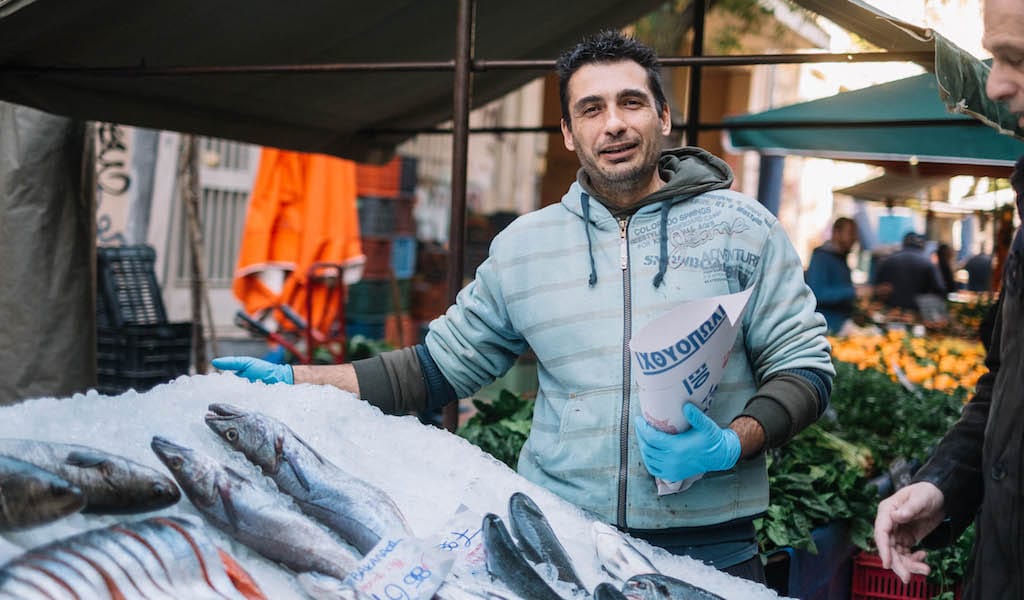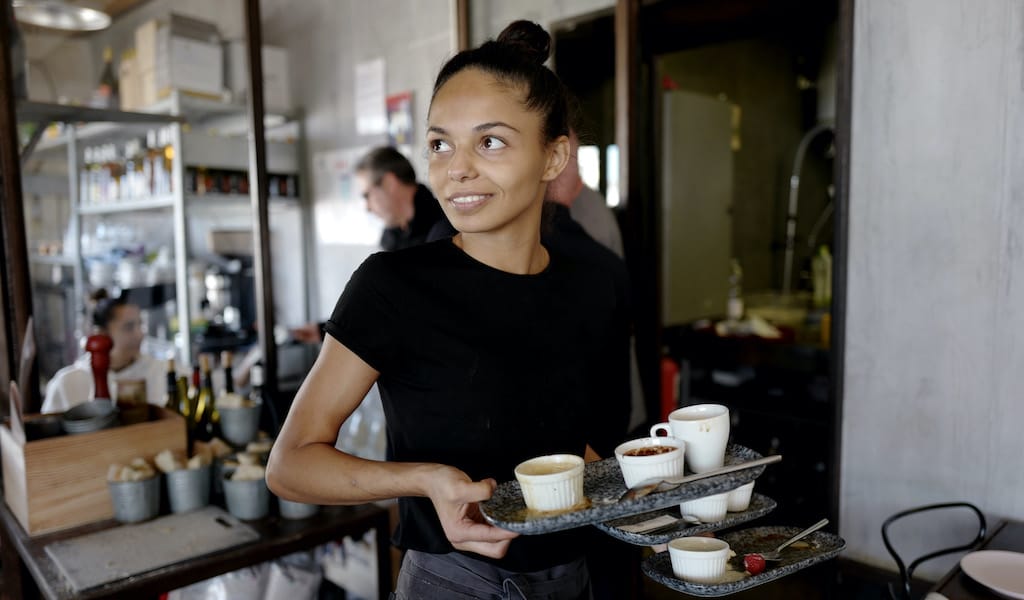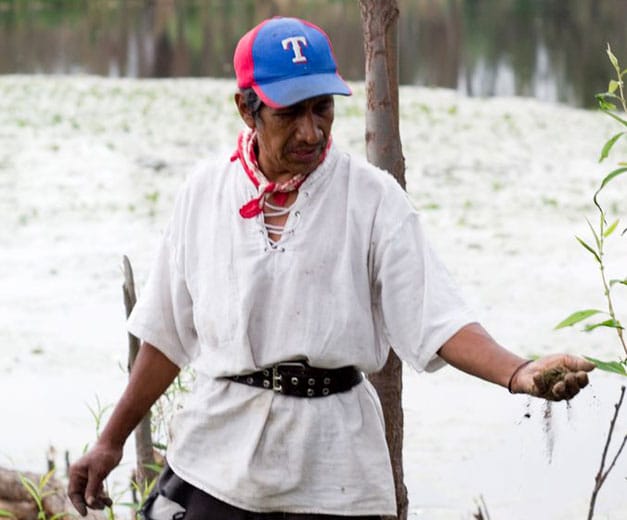As the calendar year turns over, we’ve grown accustomed to the barrage of lists telling us where to travel during the next 12 months. Oftentimes these places are a country or even a whole region – you could spend an entire year exploring just one of the locations listed and still barely make a dent.
We like to travel on a smaller scale. Forget countries and cities, for us the neighborhood is the ideal unit of exploration. Celebrating neighborhood life and businesses is, of course, essential to what we do as Culinary Backstreets. Since our founding in 2012, we’ve been dedicated to publishing the stories of unsung local culinary heroes and visiting them on our food walks, particularly in neighborhoods that are off the beaten path.
But this year we are planning to dive even deeper into the cities we work in. Getting off the beaten path leads to fresh experiences, but more importantly, it’s a way for us to contribute to the economies of neighborhoods otherwise neglected by the tourism industry. Tourism is an important economic force in many cities, as it should be, but if it is not dispersed responsibly, it can devastate the urban ecosystem, one that’s based on the sound health of all of a city’s neighborhoods.
With that in mind, we are happy to declare 2018 as “The Year of the Neighborhood,” one in which our focus will be on lesser-visited neighborhoods and the people and places that keep them going. To get things started, below is a compilation of the less-visited areas that our correspondents are planning to explore this year:

Tokyo: Ekoda
 In recent years, Ekoda’s distinct, hodgepodge character has been luring even the most diehard urbanites out to Tokyo’s northwestern reaches. A local-only stop on the Seibu Ikebukuro Line, this diminutive, mostly residential neighborhood manages to blend the old with the new, the homegrown with the international. It’s a neighborhood caught in transition, with vestiges of Tokyo’s post-war past only partially paved over by forward-looking hideaways. In this respect Ekoda is a microcosm of Tokyo at large.
In recent years, Ekoda’s distinct, hodgepodge character has been luring even the most diehard urbanites out to Tokyo’s northwestern reaches. A local-only stop on the Seibu Ikebukuro Line, this diminutive, mostly residential neighborhood manages to blend the old with the new, the homegrown with the international. It’s a neighborhood caught in transition, with vestiges of Tokyo’s post-war past only partially paved over by forward-looking hideaways. In this respect Ekoda is a microcosm of Tokyo at large.
Its cosmopolitan spirit is due in part to a number of nearby universities, including one of the country’s best art schools. Student haunts like cafes, ramen shops and used bookstores share street space with démodé mom-and-pop shokudō (traditional Japanese diners), old-school standing bars and open-air grocers’ stalls. It’s an easy neighborhood to explore on one’s own, with its wide range of eateries and compact, eclectic watering holes concealed within warrens of narrow lanes. Consider seeking out Rastafarian-themed ramen shop Yahman, stylish sake bar Lantern, or longtime expat favorite Shamaim, which has been serving up the best falafel in Tokyo since 1995. – Davey Young
Click here to read the full neighborhood guide.
Published on December 25, 2017
Related stories
September 25, 2023
Mexico City | By Cristina Alonso
Mexico CityWalking among the stalls of Mercado Coyoacán is as exhilarating as it is slightly overwhelming: mountains of fresh fruit, rows of piñatas hanging from the ceiling, chocolate-covered scorpions, and mystical candles that promise to bring love and fortune all coexist in this sprawling space. The familiar phrase, “¿Qué va a llevar?” (What are you buying?)…
October 14, 2022
Marseille | By Jenine Abboushi
MarseilleLes Akolytes has the best damn seat in the house of Marseille. Akolytes’ long shaded tables, which seat over thirty people family style, is found directly across from the entry to Plage de Catalan – the first urban beach encountered when walking up from the Vieux Port. Marseille has quite a number of sea-view restaurants,…
May 30, 2014
Mexico CitySeveral weeks ago, we visited the ecological reserve of Xochimilco to meet some of the people who are trying to make a difference in food production in Mexico City. Aboard a colorful trajinera, or boat, we enjoyed a delicious salad made with local produce, as well as chicharrón, guacamole and locally produced cheese while Ricardo…


















































































